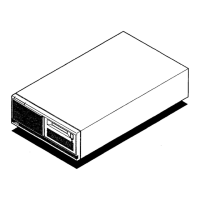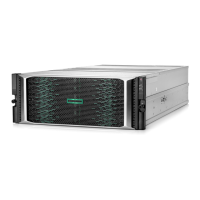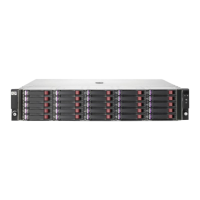Table 25 Failback preference behavior (continued)
BehaviorPoint in timeSetting
The units are brought online to Controller B.At initial presentationPath B -
Failover/Failback
If cache data for a LUN exists on a particular
controller, the unit will be brought online there.
Otherwise, the units are brought online to
Controller B.
On dual boot or controller resynch
All LUNs are brought online to the surviving
controller.
On controller failover
All LUNs remain on the surviving controller.
After controller restoration, the units that are
online to Controller A and set to Path B are
brought online to Controller B. This is a one
time occurrence. If the host then moves the LUN
using SCSI commands, the LUN will remain
where moved.
On controller failback
Table 26 (page 68) describes the failback default behavior and supported settings when
AULA-compliant multipath software is running with each operating system. Recommended settings
may vary depending on your configuration or environment.
Table 26 Failback Settings by operating system
Supported settingsDefault behaviorOperating system
No Preference
Path A/B – Failover Only
Path A/B – Failover/Failback
Host follows the unit
1
HP-UX
No Preference
Path A/B – Failover Only
Path A/B – Failover/Failback
Host follows the unit
1
IBM AIX
No Preference
Path A/B – Failover Only
Path A/B – Failover/Failback
Host follows the unit
1
Linux
No Preference
Path A/B – Failover Only
Path A/B – Failover/Failback
(recommended)
Host follows the unitOpenVMS
No Preference
Path A/B – Failover Only
Path A/B – Failover/Failback
Host follows the unit
1
Sun Solaris
No Preference
Path A/B – Failover Only
Path A/B – Failover/Failback
Host follows the unit
1
VMware
No Preference
Path A/B – Failover Only
Path A/B – Failover/Failback
Failback performed on the hostWindows
1 If preference has been configured to ensure a more balanced controller configuration, the Path A/B – Failover/Failback setting
is required to maintain the configuration after a single controller reboot.
68 Enterprise Virtual Array operation

